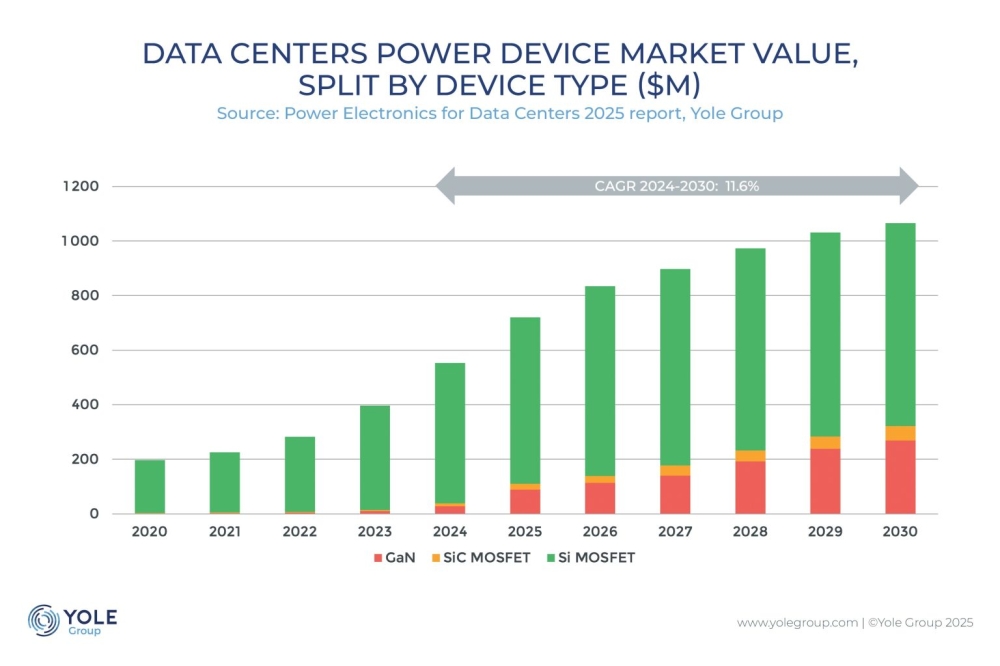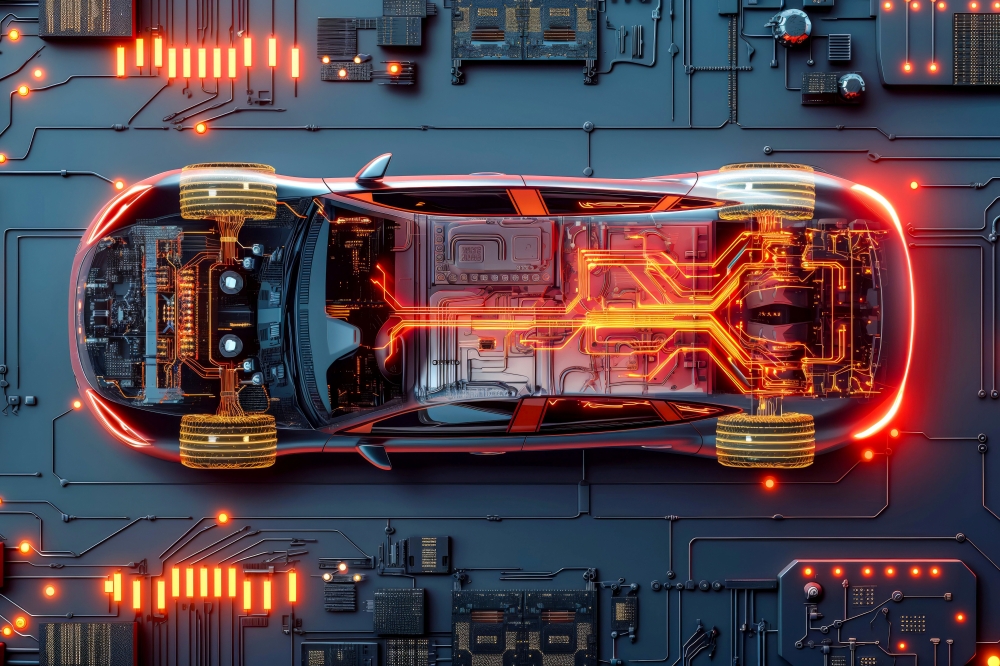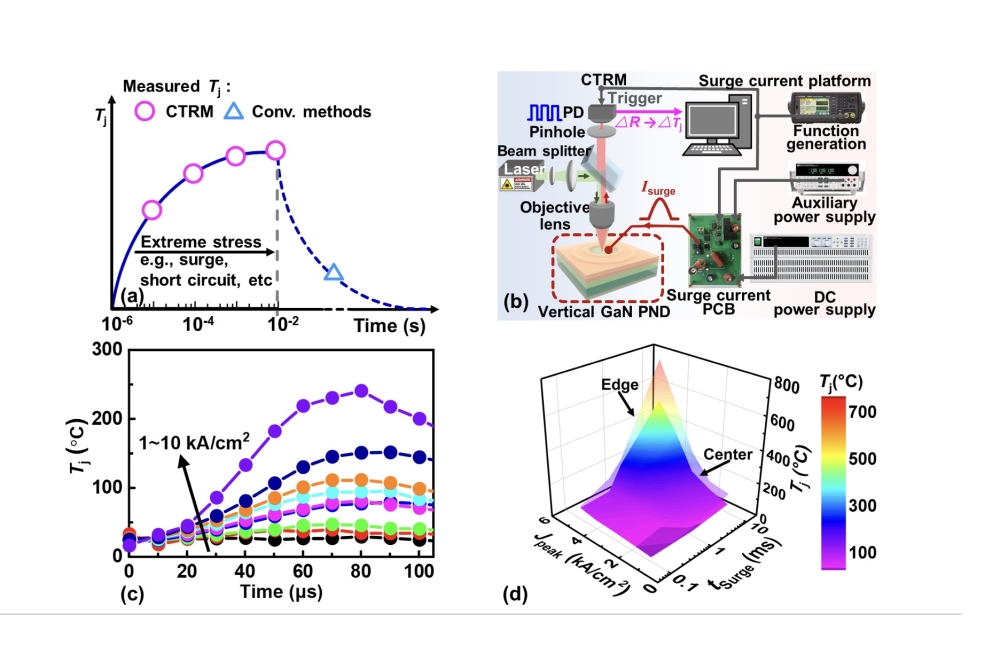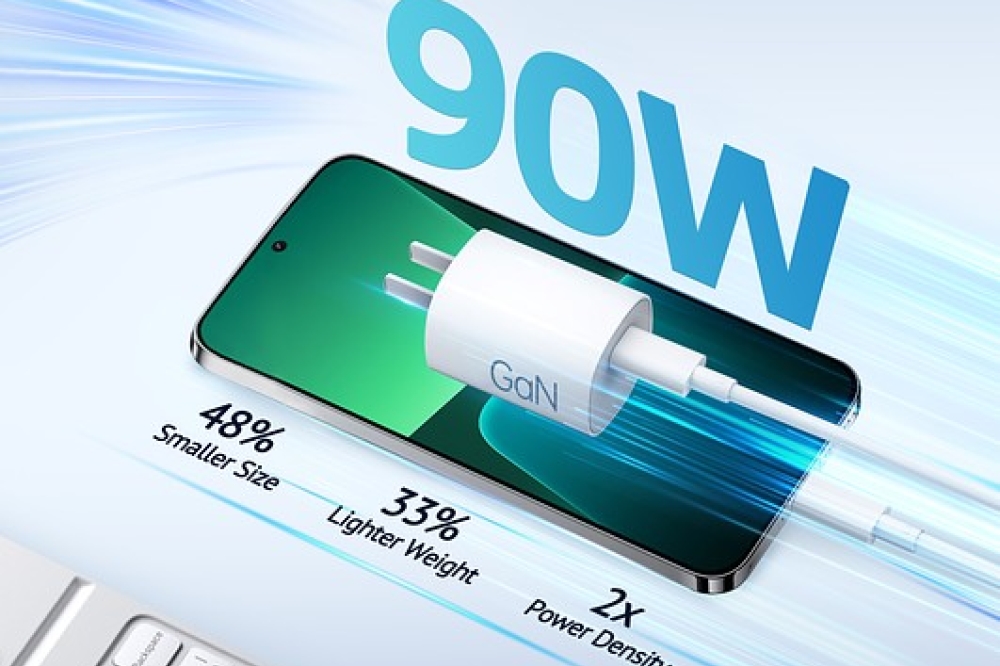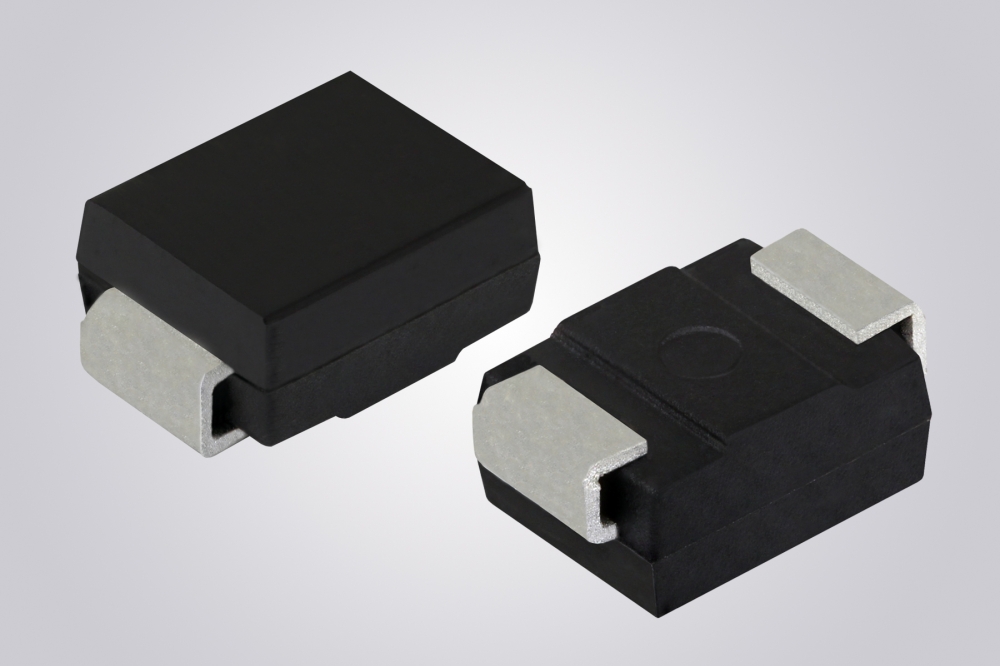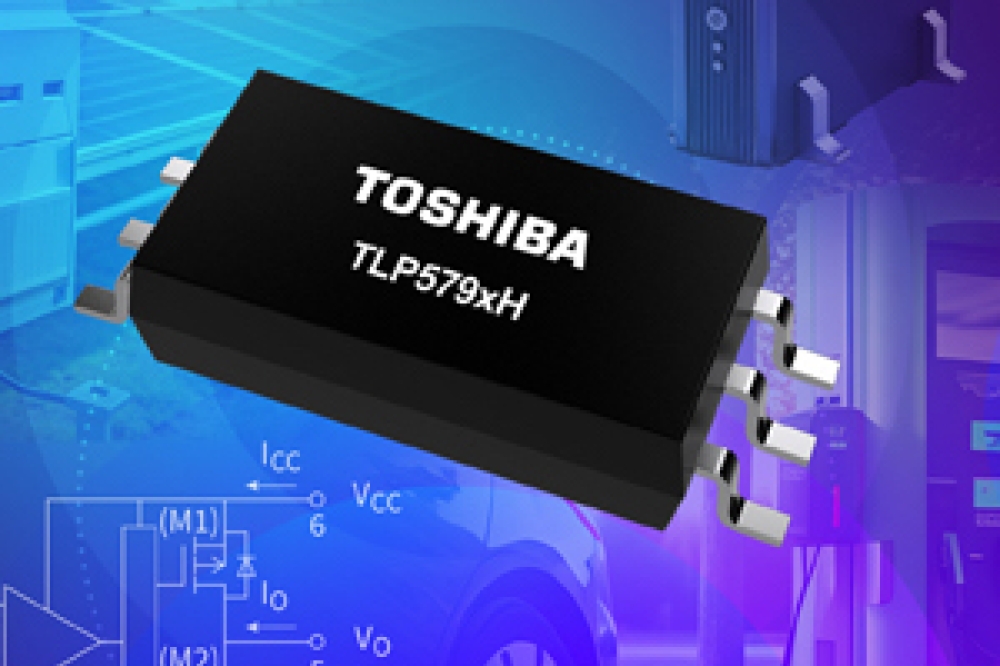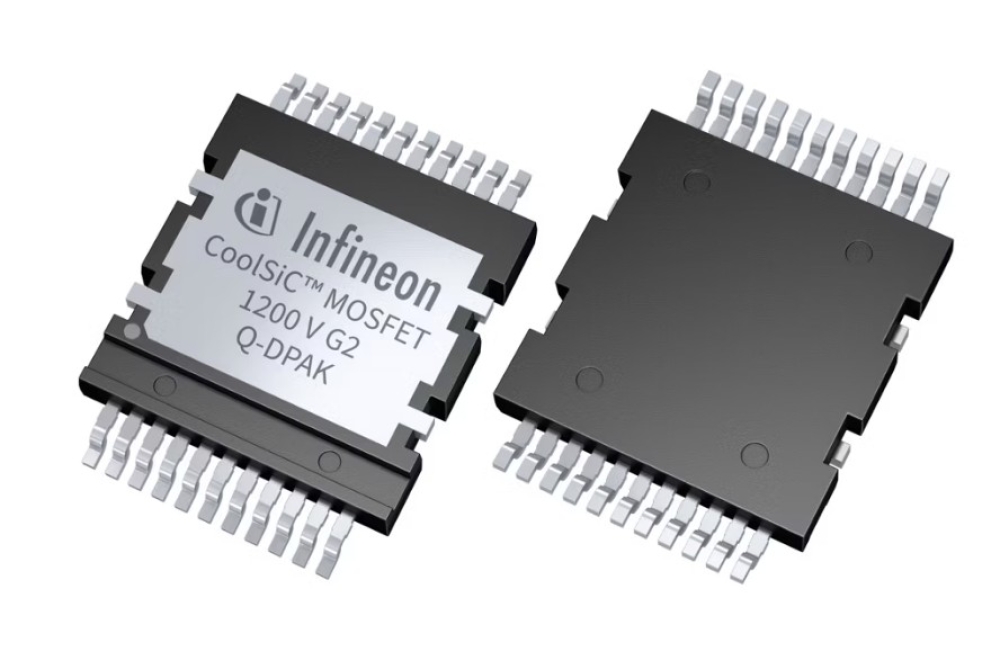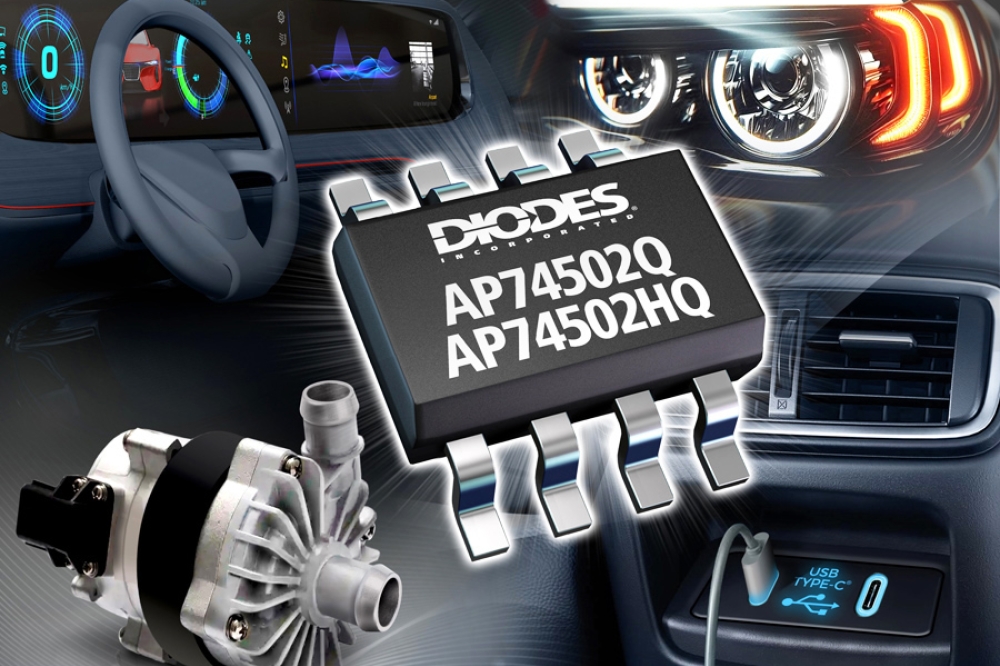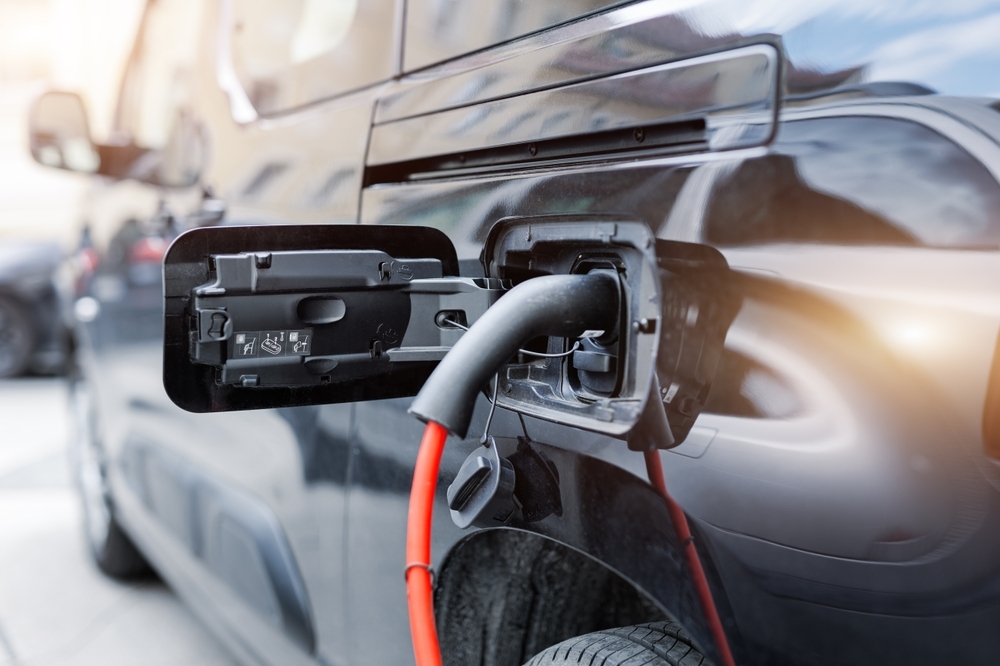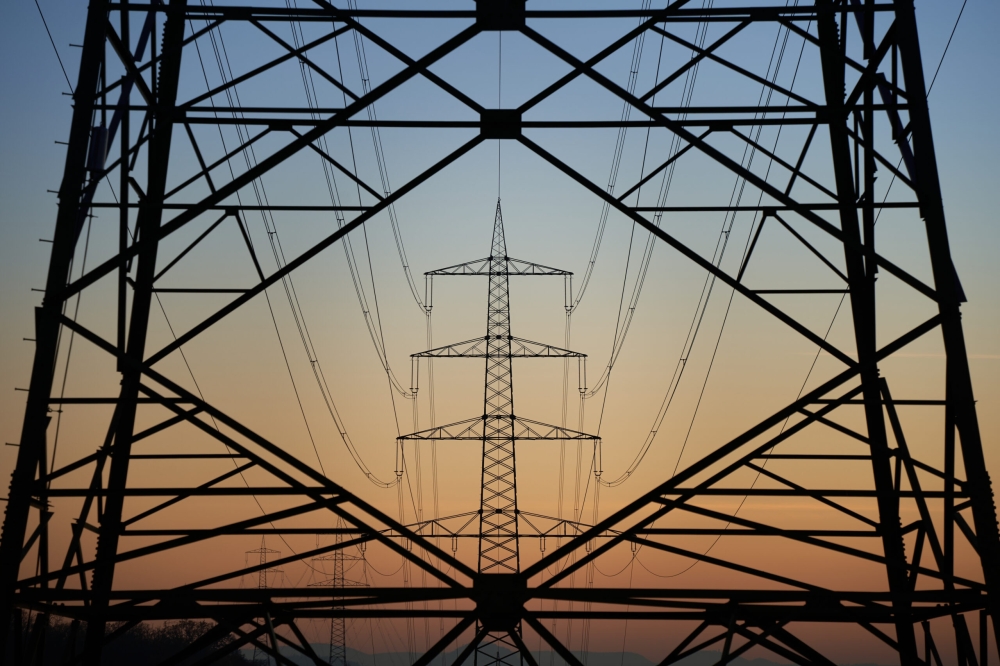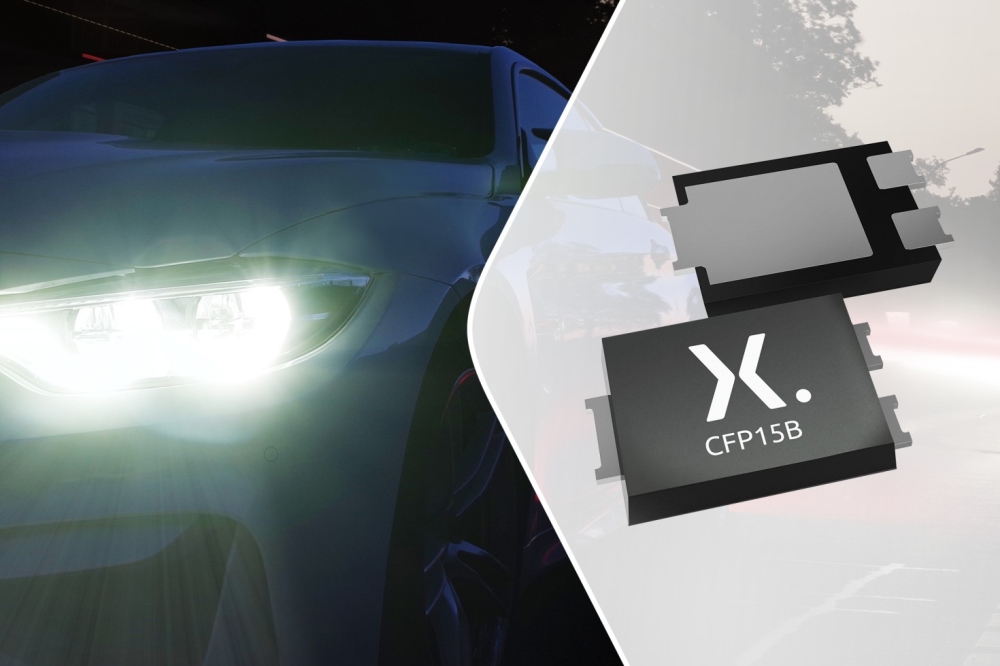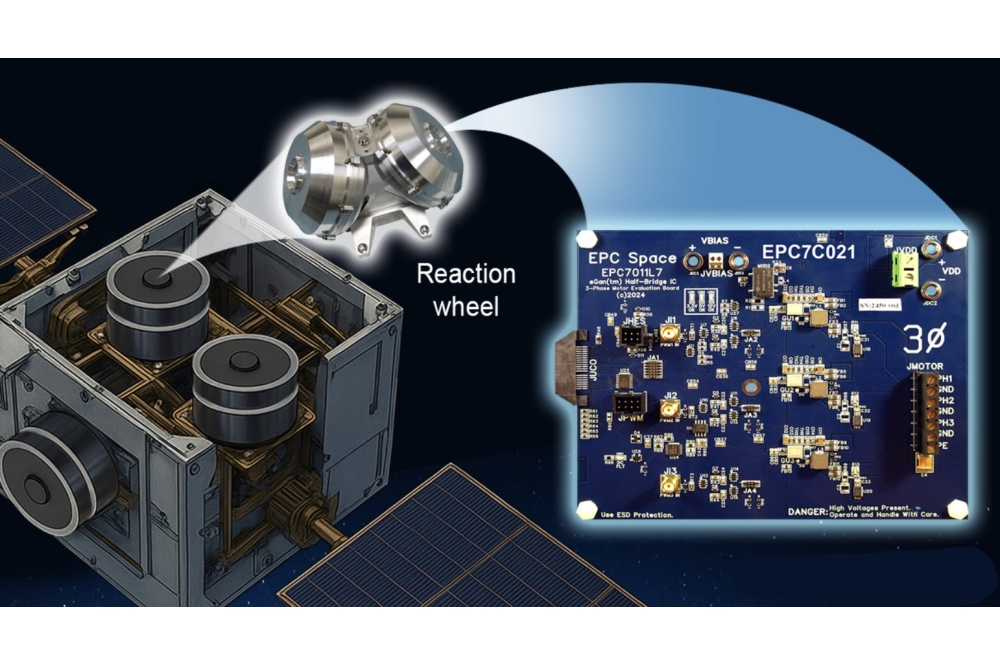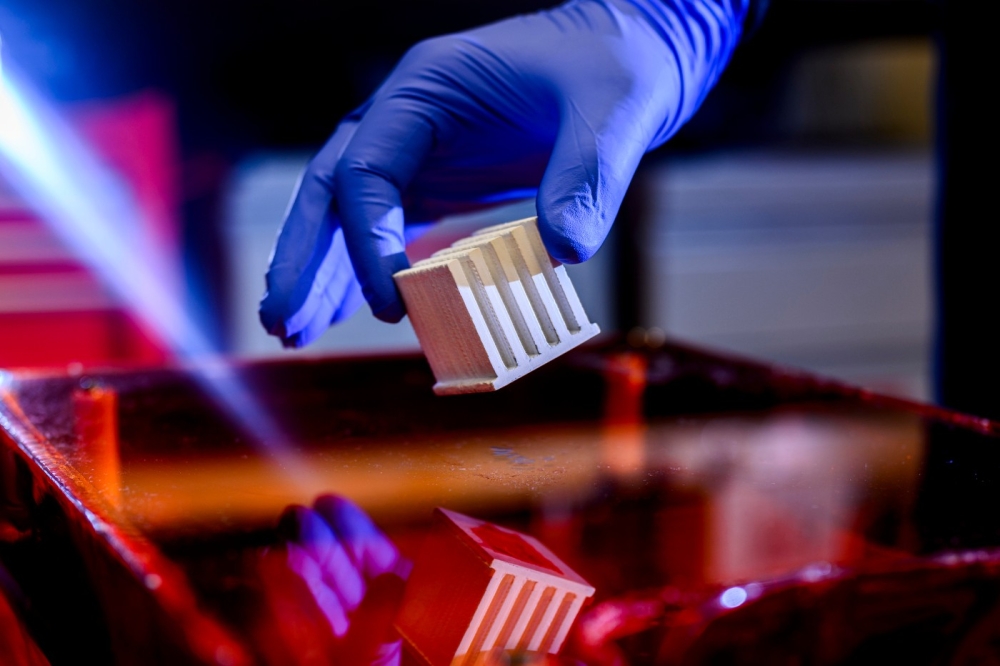ORNL team develops fast circuit breaker for the modern grid
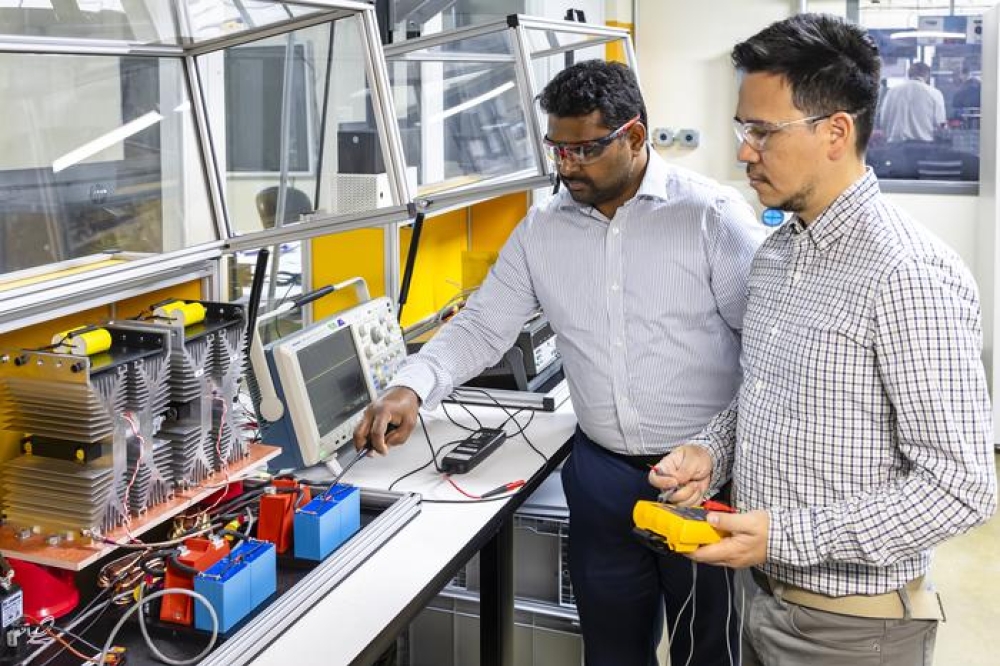
Researchers at the US Department of Energy’s Oak Ridge National Laboratory (ORNL) have developed medium-voltage solid state circuit breakers capable of handling increasing levels of direct current at a lower cost, an advance that can help reduce future electricity costs and expand capacity in an overburdened US grid.
“The lack of medium-voltage circuit breakers for direct current has been an obstacle to flexibility in delivering electricity,” said Prasad Kandula, lead researcher. “Developing this technology helps keep the grid working safely and reliably while keeping more energy available to support our growing population and economy.”
“Once you go to DC, that ‘zero current’ moment is gone — and without it, a mechanical switch isn’t fast enough to stop a fault before heat builds up and a fire starts,” said Kandula, who leads ORNL’s Grid Systems Hardware group.
To tackle this problem, ORNL researchers are designing and scaling up the capacity of a seminductor-based circuit breaker, which can operate a hundred times faster than mechanical switches. This enables wider use of DC in the electric grid as it becomes more attractive to energy system designers for its efficiency, flexibility and compatibility with modern energy sources and loads.
Until now, semiconductor breakers have been too expensive to either compete economically with mechanical breakers for AC, or to facilitate expanded use of DC grids. No type of commercial breaker can handle DC above 2,000 volts, and most can’t achieve half that.
Kandula and his team set out to find a cost-effective solution and chose a thyristor. Thyristors cannot be directly 'switched' off, so the team also had to design an external circuit to forcibly reduce the current. In ORNL’s Grid Research Innovation and Developmentcentre, or GRID-C, engineers built and tested a circuit breaker prototype to interrupt a current at 1,400 volts in less than 50 microseconds – four to six times faster than had been demonstrated with thyristors previously.
To prove the technology could be scaled up to handle higher voltages, researchers connected the breakers in a series. This approach comes with several technical challenges: First, the voltage must be shared evenly across all breakers, to prevent any single device from becoming overloaded and failing. Second, creating a series of breakers must not delay the system’s rapid reaction time.
ORNL researchers designed solutions and tested them in a series of breakers operating up to an 1,800-volt testing capacity. They are already working on adding to the series for eventually scaling up to 10,000 volts, anticipating the larger energy demands of future DC grids.
The project is part of a larger ORNL initiative to develop a menu of stackable medium-voltage building blocks for expanding new power applications in U.S. transportation, manufacturing and data centres.
Pictured above: Prasad Kandula and Marcio Magri Kimpara set up testing of ORNL-developed medium-voltage circuit breakers
Reference
R. P. Kandula and M. L. M. Kimpara et al; 2024 IEEE Energy Conversion Congress and Exposition (ECCE), 2024, pp. 699-706


